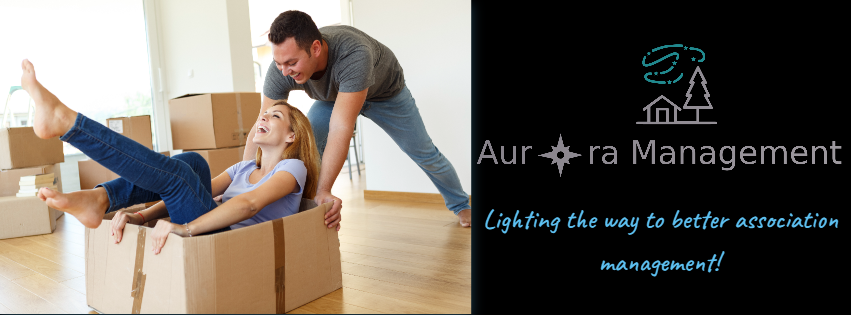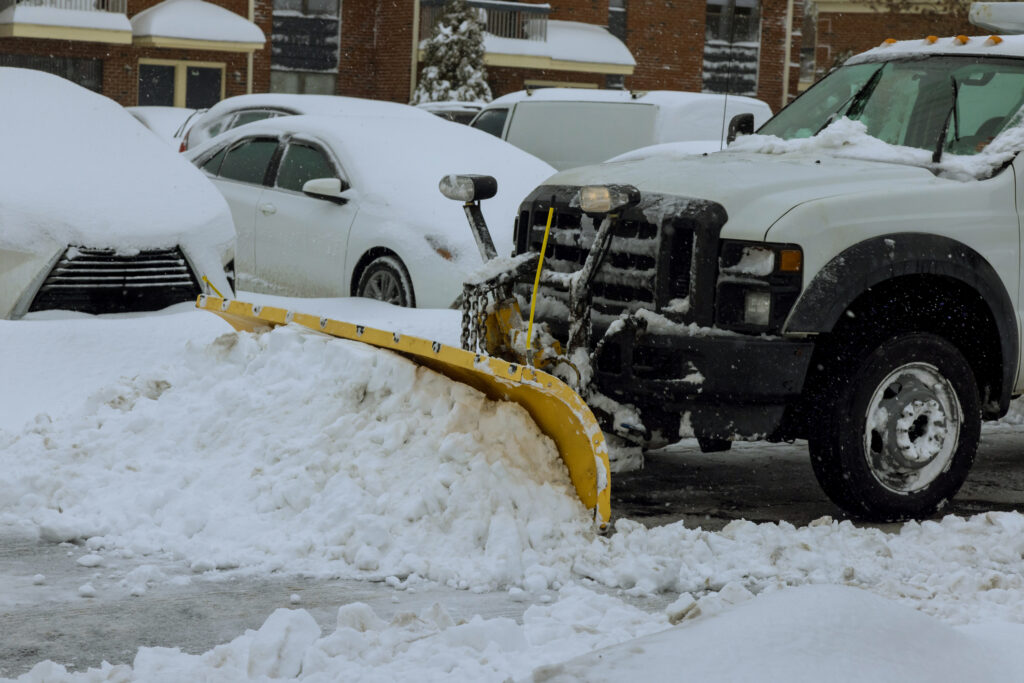Winter can be a beautiful season, but for homeowners associations (HOAs), snow can pose a significant challenge. Efficient snow management is not just about clearing driveways and streets; it’s about ensuring safety, accessibility, and managing a smooth operation that meets the needs of all residents. Here’s a comprehensive guide to help HOAs navigate snow removal operations effectively.
1. Governing Documents
Reviewing Governing Documents: HOAs should review their governing documents, including the Covenants, Conditions, and Restrictions (CC&Rs), also known as the Declarations, to understand their responsibilities and any clauses related to snow removal. These documents outline the HOA’s obligations and the process for managing maintenance responsibilities.
Updating Policies: If snow removal responsibilities are not clearly addressed in the governing documents, consider amending them or creating resolution policies to include specific provisions for snow and ice management. This can help in setting clear expectations and responsibilities. These policies should include:
- Snow Removal Schedule: Outline when snow removal will occur and how often.
- Resident Responsibilities: Define what residents are expected to do, such as clearing or salting their own sidewalks in front of their homes.
- Emergency Procedures: Provide guidelines for extreme weather conditions and the steps the HOA will take.
2. Assess Your Community’s Needs
Before the first snowflake falls, take stock of your community’s layout and needs. Consider the following:
- Size and Scope: Evaluate the size of the roads, sidewalks, parking lots, and common areas that need clearing.
- Traffic Patterns: Identify high-traffic areas where snow and ice buildup could cause the most issues.
- Emergency Access: Ensure that access routes for emergency vehicles are prioritized in your snow removal plan.
- Priority Areas: Determine which areas should be cleared first, typically main roads and emergency routes.
3. Legal and Liability Issues
Understanding and managing legal and liability concerns is crucial:
- Liability Coverage: Ensure that the HOA’s insurance policy covers potential snow removal-related incidents. It is also very important to have this for slip and fall or vehicle sliding events.
- Compliance: Adhere to local regulations and ordinances regarding snow removal and salt use.
- Documentation: Keep detailed records of snow removal activities, including dates, times, and any issues encountered.
4. Vendor Management
Choosing the Right Vendor: The most important part of a community’s snow removal operations is selecting a reliable snow removal vendor. This is absolutely critical. Start by soliciting bids from several companies to ensure competitive pricing and quality service. Evaluate vendors based on their experience, equipment, and reputation. Check references and reviews to assess their reliability and performance in similar settings. Evaluate their experience with HOA properties of your size and their ability to handle the volume of snow typical for your area. Ensure they have the necessary equipment and manpower to address your needs promptly.
Vendor Contracts: The vendor’s contract should be comprehensive, outlining all expectations. Key elements should include:
- Scope of Work: Clearly define the scope of services, including snow plowing, salting, de-icing, and any additional services. Specify the areas covered, such as parking lots, sidewalks, and driveways.
- Service Levels: Define what level of snow accumulation will trigger snow removal efforts (e.g., 1 inch, 2 inches).
- Pricing and Payment Terms: Detail the pricing structure, whether it’s per inch of snow, per visit, or a flat rate for the season. Include payment terms and conditions, such as deadlines and penalties for late payments.
- Response Times and Service Levels: Outline the expected response times for snow removal and the service levels required. Define what constitutes a “snow event” that triggers action.
- Liability and Insurance: Ensure the contract includes clauses about liability and insurance coverage. The vendor should have adequate insurance to cover potential damages caused during snow removal.
Legal Considerations: Ensure all contracts comply with local regulations and include legal safeguards for both the HOA and the vendor. Consult with legal counsel to ensure all contractual obligations are clear and enforceable.
Performance Reviews: Regularly review the vendor’s performance. Solicit feedback from residents and conduct periodic evaluations to ensure standards are being met.
5. Communication
Pre-Snowfall Communication: Notify residents about the snow removal policy before winter begins. Provide information on how and when snow removal will occur and any specific instructions for residents.
Ongoing Updates: During snow events, maintain regular communication with residents. Use multiple channels, such as email, text alerts, or community boards, to provide updates on snow removal status and any potential delays.
Feedback Channels: Establish a system for residents to report snow removal issues or provide feedback. This can be done through a dedicated email address, a phone line, or an online form.
6. HOA Management and Oversight
Coordination: Effective snow removal requires coordination between the HOA board, the snow removal vendor, and the community. Management is the point person hired to oversee snow removal operations and act as a liaison between the vendor and residents.
Budgeting: Plan and budget for snow removal costs well in advance. Keep track of expenditures related to snow removal and ensure that they align with the budget. Plan for potential unforeseen costs, such as extra service for severe storms.
Training and Preparedness: Ensure that the HOA board and any onsite staff are trained on the snow removal process and are prepared to handle emergencies. Regularly review the snow removal plan and update it as needed.
7. Traffic Control
Planning Traffic Flow: Develop a plan to manage traffic flow during snow events. This may include designating specific routes for snow removal vehicles and ensuring that parking areas are kept clear.
Signage and Barriers: Use signage to inform residents of snow removal operations and any temporary parking restrictions. Deploy barriers or cones to prevent vehicles from obstructing snow removal efforts.
Emergency Access: Ensure that emergency vehicles have clear access to all areas of the community. Coordinate with the snow removal vendor to prioritize roads and paths that are critical for emergency services.
8. Equipment and Staffing
Equipment: Ensure that the snow removal vendor has appropriate equipment, including plows, salt spreaders, and snow blowers. The equipment should be well-maintained and suitable for the size and layout of your community.
Staffing: Confirm that the vendor has sufficient staffing to handle snow removal efficiently. This includes having enough personnel for both snow plowing and salting operations.
Onsite Management: Depending on the size of your community, having an onsite manager or dedicated staff during snow events can help in coordinating efforts and addressing issues quickly.
9. Implement and Monitor Operations
Once the snow begins to fall, ensure that your plan is executed effectively:
- Monitor Weather Conditions: Stay informed about weather forecasts and adjust your snow removal plan as needed.
- Inspect Work: Regularly check the work being done to ensure that all areas are cleared as per the plan.
- Address Issues Promptly: Respond quickly to any problems or complaints from residents.
10. Review and Improve
After the snow has melted, take time to review the operations:
- Assess Performance: Evaluate how well the snow removal plan worked and if any areas need improvement.
- Gather Feedback: Collect feedback from residents and contractors to identify strengths and areas for improvement.
- Update the Plan: Make necessary adjustments to the snow removal plan based on the review and feedback.
Conclusion
Effective snow removal is essential for the safety and satisfaction of residents in any community. By assessing needs, developing a comprehensive plan, selecting the right contractors, and maintaining clear communication, HOAs can ensure that their snow removal operations run smoothly. Regular review and improvement of the snow removal strategy will help keep your community safe and accessible through every winter season.
Remember, preparation and proactive management are key to handling winter’s challenges with ease. Stay ahead of the storm, and your community will thank you for it!


